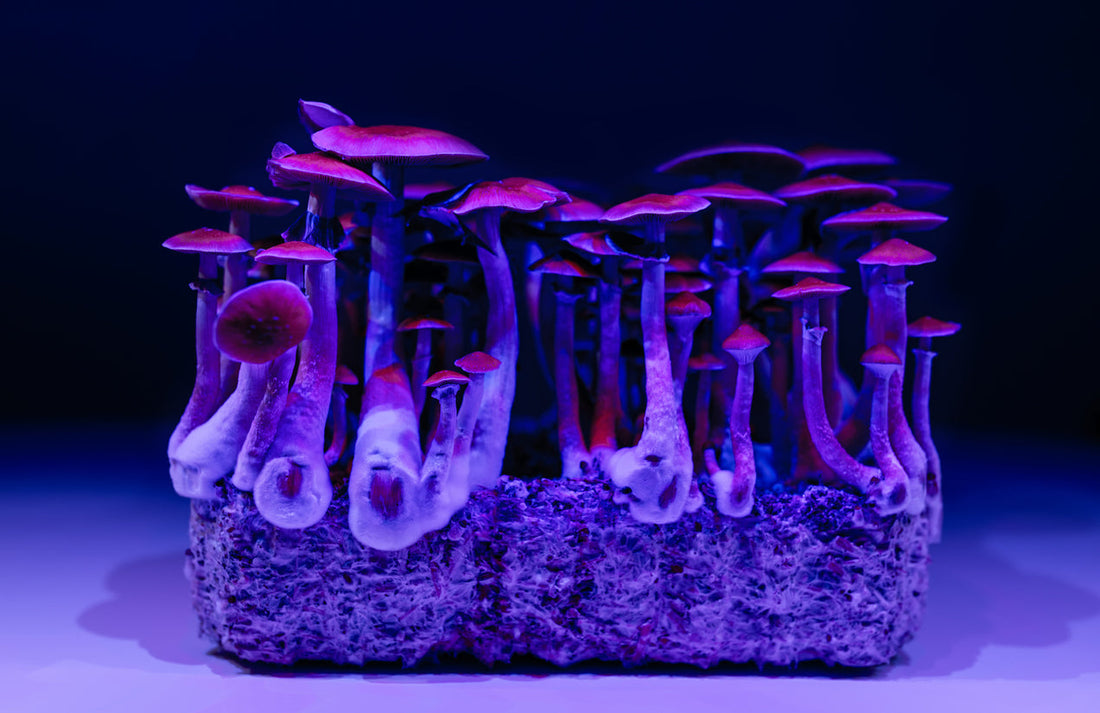Scientists may have uncovered why so many different mushroom species produce psilocybin—the compound responsible for psychedelic effects in humans. While it induces hallucinations in people, psilocybin might serve a different purpose in nature: discouraging insects from consuming the fungi by suppressing their appetite.
This compound isn’t exclusive to a single type or genus of mushroom—it appears in over 200 species. Although that number is small compared to the estimated 5.1 million fungal species on Earth, what makes psilocybin’s presence intriguing is that it exists in widely different species that otherwise have little in common.
According to researchers at Ohio State University, this distribution suggests a phenomenon called horizontal gene transfer, where genetic material moves between organisms through means other than inheritance—potentially via viruses. This process is known to occur in response to environmental pressures, much like how bacteria share antibiotic resistance genes to survive threats.
A research team led by evolutionary fungal genomicist Jason Slot analyzed multiple species of both psilocybin-producing and non-psilocybin mushrooms. Their findings pointed to a cluster of five specific genes responsible for producing the enzymes needed to synthesize psilocybin. Interestingly, these genes appear to have been passed from one species to another as a unit.
"But our main question is, 'How did it evolve?'" said Slot. "What is the role of psilocybin in nature?"
To answer this, researchers examined how psilocybin affects different organisms. In humans, it alters perception by influencing neurotransmitter activity, but in insects, it has a different effect—it suppresses appetite. The gene cluster’s spread seems to have occurred in environments teeming with insects, such as decaying wood and animal manure, leading scientists to believe that psilocybin acts as a defense mechanism against being eaten.
"We speculate that mushrooms evolved to be hallucinogenic because it lowered the chances of the fungi getting eaten by insects," Slot explained. "The psilocybin probably doesn’t just poison predators or taste bad. These mushrooms are altering the insects' ‘mind’—if they have minds—to meet their own needs."
Although horizontal gene transfer is rare among mushrooms, its presence in such diverse species—some of which are more closely related to non-psilocybin fungi—strongly suggests that this genetic transfer occurred.
This aligns with how other organisms develop chemical defenses. Many plants, for example, produce substances to deter herbivores. The camphor tree releases a compound used in mothballs, and geraniums produce a chemical that can paralyze beetles. Capsaicin, found in chili peppers, evolved to deter mammals while remaining harmless to birds, which then help spread the seeds.
Beyond its ecological role, understanding psilocybin’s genetic origins could greatly benefit medical research. Scientists have been exploring its potential therapeutic applications, particularly in treating mental health conditions. By identifying the genes responsible for its production, researchers may be able to further study and harness its effects for medical use.
The study was published in the journal Evolution Letters.

